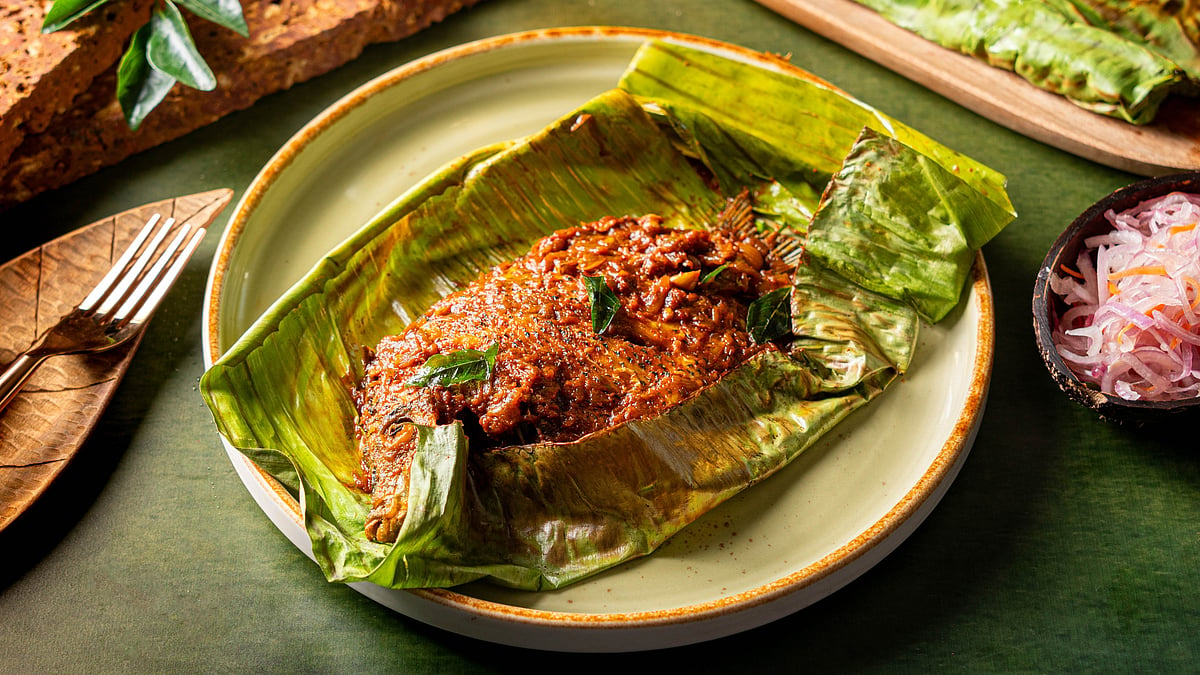In the last decade, the Indian culinary movement has taken great strides, finding pride of place in heirloom recipes and hyperlocal fare. The spotlight on regional Indian cuisines was the biggest shift in the pre-pandemic world, but it is now seeing renewed interest, innovation, and experimentation.
Regional Indian cuisines such as Konkani, Orissi, and Manipuri, whose explorations have fueled gourmands and specialists, have become democratized and reached curious diners. “The perception has shifted from nostalgia-driven comfort food to a cuisine that can hold its own on the global stage. The narrative has evolved where it is no longer a niche, but the backbone of Indian identity,” adds Zorawar Kalra, founder and managing director of Massive Restaurants.
![Kulfi sorbet at Indian Accent, Mumbai | Pic: EHV International]
The secret to the success of modern Indian regional cuisines lies in respect for provenance and the terroir of the ingredient. The dishes retain their essence through the careful use of ingredients and spices but are plated, paired, or texturally reimagined—allowing them to sit comfortably in a fine-dining environment.
Punjabi cuisine has suffered the most due to a lack of this care. Rajan Sethi, Managing Director of Bright Hospitality, which operates Ikk Panjab in Delhi NCR and Punjab, shares that the food is naturally lighter in the summers and more indulgent, rich, and warming in the winters, in harmony with the rhythms of the seasons. “At Ikk Panjab, we strive to strike a thoughtful balance: preserving the rustic provenance of traditional dishes while also reflecting the cultured, well-travelled homes of Punjabi families,” he adds.
![A spread at Jamun Delhi | Pic: Pass Code Hospitality]
This nuanced approach has altered the way the world perceives Indian food. “You cannot just make food spicy and get away with calling it Indian food. There is so much flavour and nuance in different regional cuisines that need to be championed. Take Kerala for example—there are so many spices but the food isn’t hot, it’s flavourful,” shares Chef Regi Mathew, Partner and Culinary Director of Kappa Chakka Kandhari (Bengaluru and Chennai), who launched his first international restaurant, Chatti, in New York.
He aims to bring the varied flavours of Kerala—from toddy shop ‘touchings’ to classics like ishtus and appams—to the world. At the heart of it is slow cooking practices. “Chatti is an earthen pot that forces you to slow cook ingredients, which allows the maximum flavours in the final dish,” he explains.
Even icons of modern Indian cuisine are finding inspiration in distinctly local delicacies. For the new menu at the two-year-old Indian Accent Mumbai, executive chef Rijul Gulati found inspiration in Varanasi’s sweet-sour kashiphal, aam ki launji. The pumpkin dish is cooked with sweet and tangy mango pickle—a fresh take on the UP home classic.
![Gosht Beliram at Ikk Panjab]
Chef Gulati shares that the idea behind the new menu, while staying true to the original tenets of Indian Accent, is a reimagination of seasonal ingredients.
Ingredients play a key role in the flourishing appreciation for regional dishes. By highlighting the ingredient, chefs universalize the appeal while keeping the roots intact. At Masala Library and Farzi Cafe, Kalra showcases Himalayan black garlic in a modern sauce or uses millets as a hero ingredient in dishes that surprise guests with their depth and nuttiness.
Rahul Gomes Pereira, Chef Partner at Pass Code Hospitality, which operates Jamun in Goa, Delhi, and Hyderabad, shares that the ingredient-first approach has helped regional Indian food travel so far. “It isn’t about reinventing; it’s about revealing. Ingredients carry stories of seasons, of families that have grown and cooked with them for generations, and chefs who continue to carry them forward. When we bring these to the table, we’re inviting our guests to be a part of the story,” he adds.
https://www.freepressjournal.in/lifestyle/the-new-wave-of-regional-indian-cuisine-is-winning-over-fine-dining


